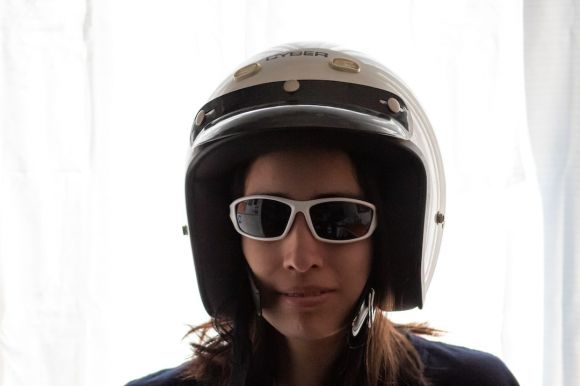In the United States, each state has its own set of regulations regarding the equipment required for motorcycle riders. These regulations aim to ensure the safety of riders and reduce the risk of accidents. Let’s take a closer look at the different requirements across states and how they compare.
Helmet Laws: Protecting Your Head
One of the most significant differences among states is the requirement for motorcyclists to wear helmets. Currently, 19 states and the District of Columbia have laws that mandate all riders to wear a helmet. These states include California, Florida, and New York, among others. On the other hand, 28 states have partial helmet laws, which only require certain riders, such as those under a certain age or with a specific level of experience, to wear helmets. The remaining three states, namely Illinois, Iowa, and New Hampshire, have no helmet laws in place, leaving it up to the discretion of individual riders.
Eye Protection: Clear Vision on the Road
While helmet laws vary across states, the majority of them require motorcyclists to wear some form of eye protection. This can include goggles, face shields, or eyeglasses. However, the specific requirements differ. For example, in California, all riders are required to wear eye protection, while in states like Arizona and Michigan, it is only mandatory for riders under a certain age or those without windshields on their motorcycles.
Reflective Gear: Enhancing Visibility
To improve visibility, many states have implemented requirements for reflective gear. This can include reflective vests, jackets, or stickers on helmets. The purpose of such gear is to make motorcyclists more visible to other drivers, especially during nighttime or adverse weather conditions. Currently, 22 states have laws that mandate the use of reflective gear in some form. However, the specifics of these requirements, such as the color and placement of the reflective material, may vary from state to state.
Turn Signals and Mirrors: Communication and Awareness
In addition to personal protective equipment, states have regulations regarding other equipment on motorcycles. Turn signals and mirrors are essential for communication and awareness on the road. While the majority of states require motorcycles to be equipped with both turn signals and mirrors, the specifics can differ. For example, some states may require motorcycles to have only one mirror, while others may mandate the presence of two. Similarly, the positioning and visibility requirements for turn signals may vary.
Conclusion: Riding Safely, State by State
Motorcycle equipment requirements vary significantly across states in the United States. While some states have stringent regulations that mandate the use of helmets, eye protection, and reflective gear, others have more relaxed laws or no specific requirements at all. It is crucial for riders to be aware of and comply with the regulations in their respective states to ensure their safety and avoid potential penalties. Moreover, riders should always prioritize their personal safety by wearing proper protective gear, regardless of the legal requirements. By staying informed and taking necessary precautions, motorcyclists can enjoy the freedom of the open road while minimizing the risks associated with riding.
